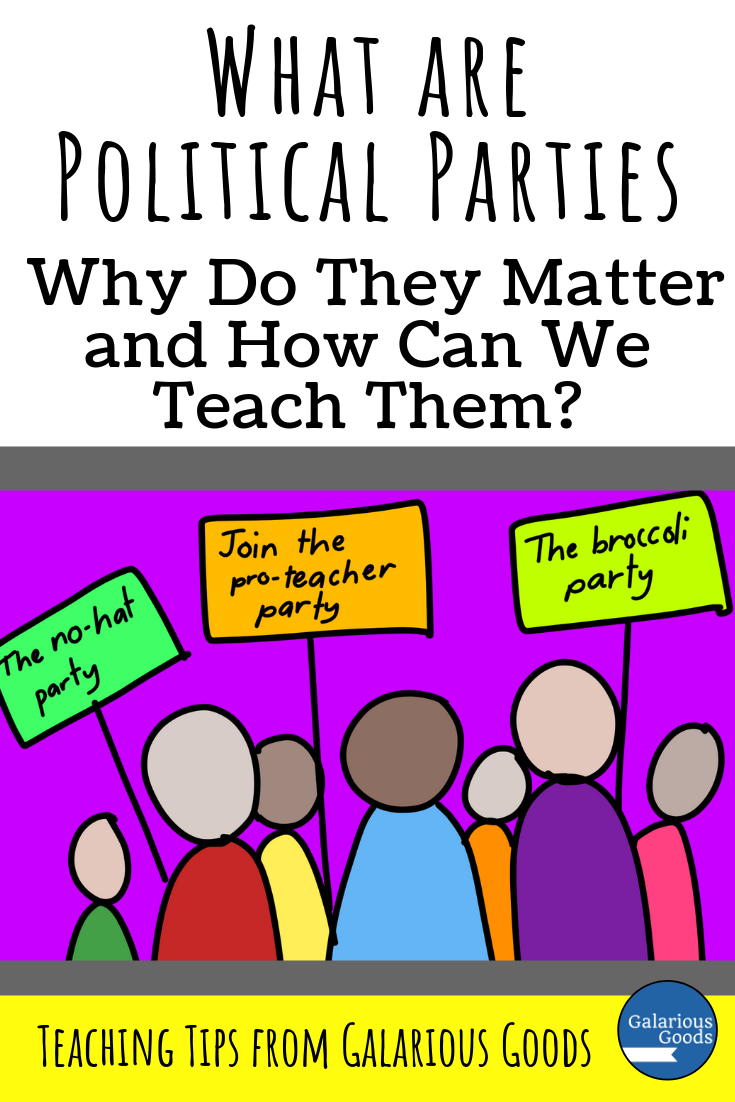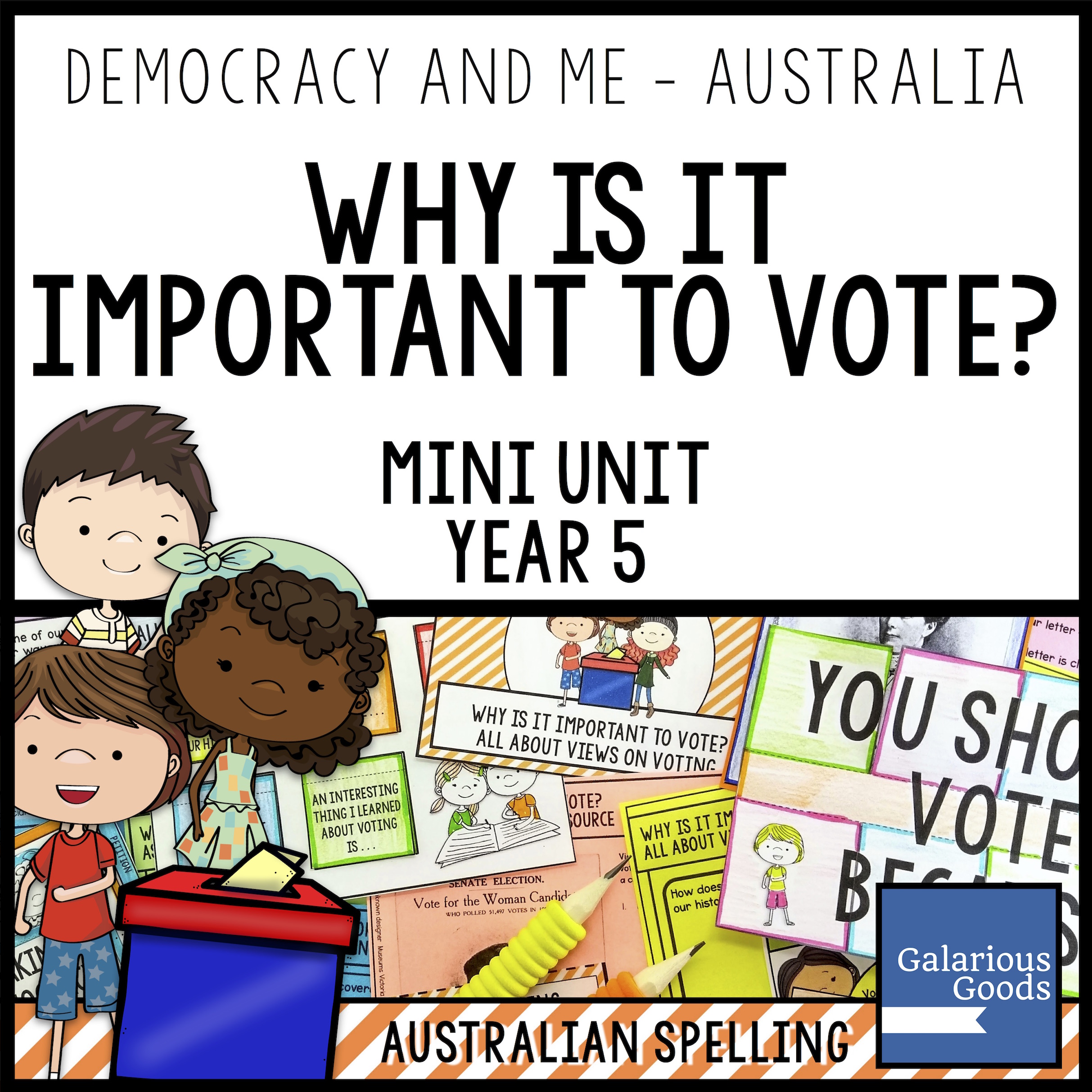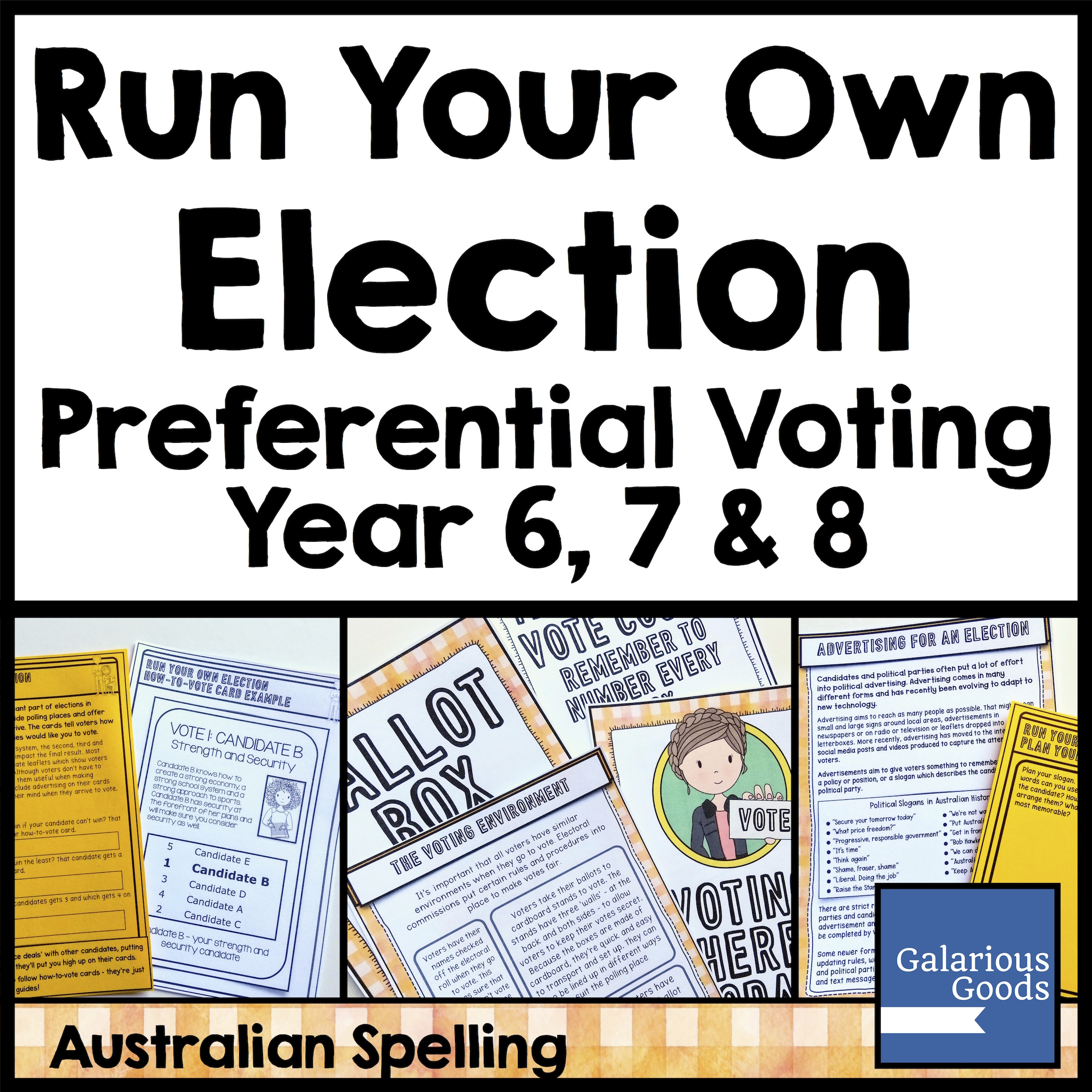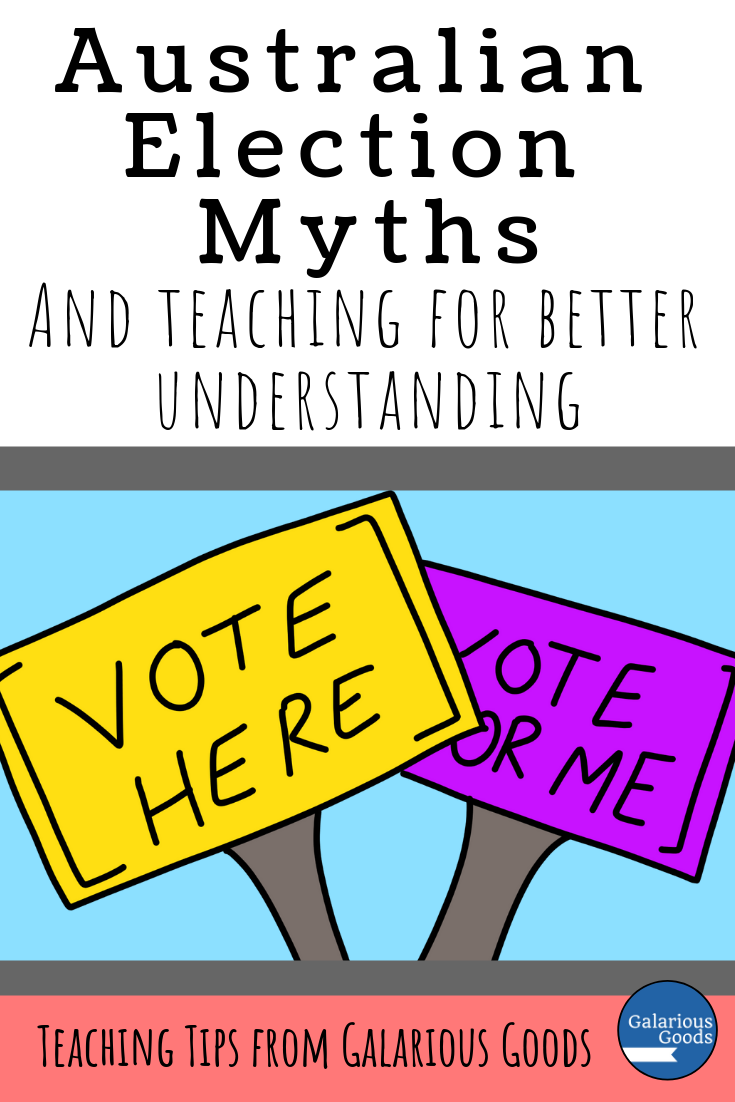What are Political Parties, Why Do They Matter and How Can We Teach Them?
/A few weeks ago when I crowdsourced some election myths for this post, I was asked an interesting question by a Year 5 student: How do you know the difference between different political parties and what they are promising?
It turned out to be such a good question that I’m going to devote two blog posts to it! Today, I’ll be exploring political parties themselves.
What are political parties?
Political parties are groups of people who believe in a set of values and ideals. They group together with the aim of winning elected positions at federal, state or local elections.
Members of political parties help to shape policies, vote to choose candidates for elections, help campaign for their political party and celebrate (or commiserate) after elections. Many Australians don’t belong to political parties, but might generally support one or another of them.
While the people in political parties share similar values, they don’t all agree all of the time. Party members, including MPs and Senators, might have strong disagreements about different party policies or ideas. However, these disagreements are usually worked out in party meetings and often aren’t argued in public. Australian political parties are known for having this ‘tight discipline’ which means that MPs and Senators from a certain party usually vote for that party in the House of Representatives and the Senate.
Sometimes political parties with some similar values work together in a Coalition. Meanwhile, MPs or Senators who don’t belong to a political party are called independents.
Lesson idea: Students can develop their own political party. They should think about what kind of values are important to them, then create an advertisement convincing people to join their party.
Why are political parties important?
Political parties are important because they help groups of people work together to get people elected and to create laws and policy which promote their values. But there are other reasons why political parties are important.
In Australian federal politics, the political party (or coalition) which has the most elected MPs becomes the Government. This means they can choose ministers, develop policies, implement laws and run government departments. They also choose the Prime Minister.
Because the political party chooses the Prime Minister (and not the people of Australia), the ruling political party can change the Prime Minister anytime they want to (as we have seen a lot in recent years). This means any elected member of the ruling political party might become Prime Minister . . . This might be another reason for voters to choose a particular political party.
Lesson idea: Students explore how Prime Ministers are chosen - and discuss what qualities a good Prime Minister should have. Students can turn this discussion into a ‘job application’ to find an excellent Prime Minister.
A Quick History of Australia’s Political Parties
In the early 1900s, Australia had three main political parties. The Protectionist Party wanted tariffs and taxes on imports into Australia to protect Australian products and jobs. The Free Trade Party wanted to get rid of taxes and tariffs to allow everyone to share in the wealth of the country. And the Australian Labor Party represented workers groups (or unions) to make sure that workers had fair pay and safe working conditions.
Over time, many political parties have come and gone in Australia. Some of them held positions of power in the Australian parliament, while others may have had a few elected members (or none) before dissolving. The Australian Labor Party is the only surviving party from the original big three.
Lesson idea: Students explore which Prime Ministers represented which party in the early 1900s. They can look a little closer at what policies they promoted and what kinds of laws were put in place.
Today’s Political Parties
Today there are still three main political parties who form government - but they’re a little different from the 1900s.
The Australian Labor Party still aims to represent workers and unions. They also describe themselves as a social-democratic party, which means they think the government should step in to promote social justice through social or economic means.
The Nationals Party is the second oldest party in Australia, founded in 1920. It aims to represent farmers, as well as people who live outside the big cities in Australia. The Nationals often work to make sure that people outside the cities have the same access to services as the people in the cities. They work in a coalition with the Liberal Party of Australia and share some - though not all - of the same values.
The Liberal Party of Australia was formed in 1944 after a meeting of organisations which opposed the Australian Labor Party. Their goal was to form a party based on individual freedom and personal choice. As part of this, they supported (and continue to support) free business - believing that business is the best way to create national and individual growth and wealth. They work in coalition with the National Party.
There are also a number of minor parties (or smaller parties) in Australia. At the moment, the biggest of those is the Australian Greens, a party which grew out of the environmental movement, but now works to develop policies around the environment and integrity, fairness and decency.
There are a number of other smaller parties who run in elections and have one or two elected members. These often change as their popularity grows or falls.
You can get a better understanding of different parties by exploring their values - what ideas they think are most important.
Lesson: Students can create a diagram showing the different political parties in Australia. They might like to research to discover what the core values of the parties are and if they’ve changed since the parties were first formed. Students can use these diagrams to highlight the differences between different parties.
In part 2, I’m going to take a little look at what political policies are, how to examine them, and how to tell the difference between them. Click here to read more now.
Want to read more? Try . . .





















